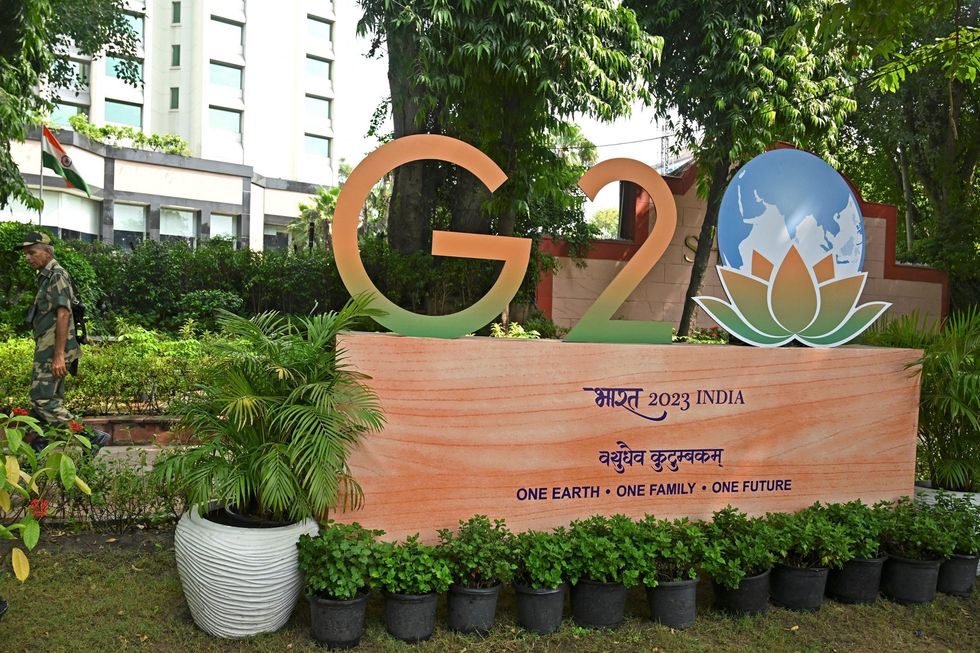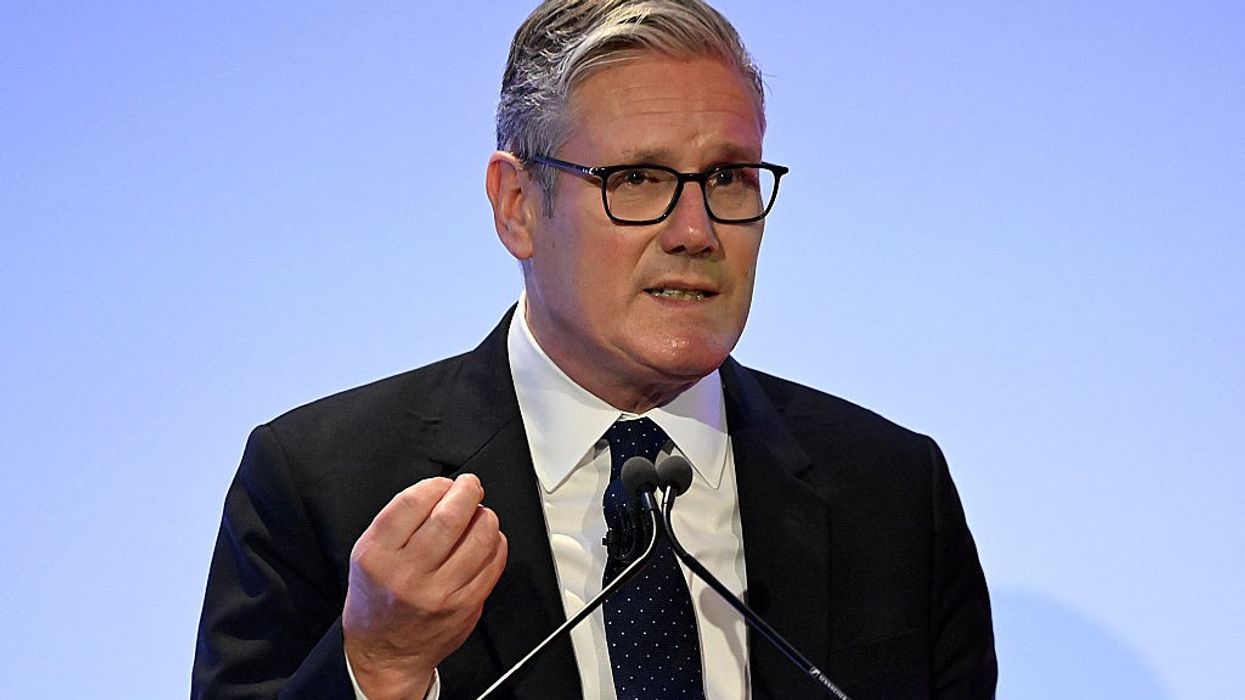Over the past year, India has been buzzing with anticipation as the country prepares to host the G20 summit, an event that is being touted as one of the most high-profile in recent memory. With a budget exceeding $100 million, India has spared no expense in organising this prestigious gathering.
Posters promoting the G20 summit, featuring the official logo of a globe within a blossoming lotus and images of prime minister Narendra Modi, have proliferated across the nation. These posters aim to convey the message that India has firmly established itself on the world stage.

The lead-up to the summit has been marked by a whirlwind of activity. Over 200 pre-summit meetings have been held in more than 50 cities, featuring yoga sessions, cultural performances, and specially curated menus, the BBC reported.
Indian news channels have provided extensive coverage of these events, making even the most disinterested observers take notice.
As the main summit begins tomorrow (9), New Delhi has undergone a makeover to ensure that it shines on the international stage. The city has been adorned with sculpted fountains, flower pots, and the Indian flag. Historical monuments have been illuminated with the summit logo, attracting hordes of visitors eager to capture the perfect selfie.
The city's renowned gardens have been meticulously groomed, and flags of participating nations have been hoisted.
The government has declared a three-day holiday for most schools and offices, shut down crucial roads, and deployed thousands of security personnel in anticipation of the event. Numerous flights and trains have been cancelled to accommodate the visiting dignitaries.
This summit is unlike any India has ever hosted, with an unprecedented gathering of world leaders.
India's approach to hosting the G20 seeks to blur the line between foreign affairs and domestic politics. The government views this summit as a pivotal opportunity to showcase its international leadership.
India's G20 presidency has focused on addressing issues that disproportionately affect developing nations, such as climate change, rising debt burdens, digital transformation, inflation, and food and energy security.
As the summit takes place, India aims to underscore its role as a bridge between the developed and developing worlds. The country seeks to emphasise that it stands with the Global South and is willing to take a leading role in addressing their concerns.
India's growing economic prominence and its commitment to supporting developing countries underpin these ambitions.
However, India's quest to bridge these divides presents significant challenges. The geopolitical landscape is complex, and the government must navigate international politics delicately.
It is also under pressure to deliver tangible results domestically, given the extensive investments made to promote the G20 summit under prime minister Modi's leadership.
Foreign policy has traditionally played a limited role in Indian electoral politics, but this is changing under Modi's leadership.
The Indian public, driven by aspirations and a desire for a positive global image, increasingly cares about the country's standing on the international stage. Modi has positioned himself as a global statesman, and a successful G20 summit would enhance his image both domestically and abroad.
Nevertheless, there are pressing issues on the home front that require attention, such as job creation and concerns about human rights.
Critics have pointed to a surge in hate crimes against minority communities since Modi's ascent to power, a charge his government vehemently denies.
As the G20 summit unfolds, India's leaders hope to send a message of inclusive development both at home and abroad.
It's an opportunity for India to showcase its strengths and assert itself as a key player on the world stage, while addressing pressing global challenges and concerns.

















 Kulsuma Aktergetty images
Kulsuma Aktergetty images
Police may probe anti-Israel comments at Glastonbury